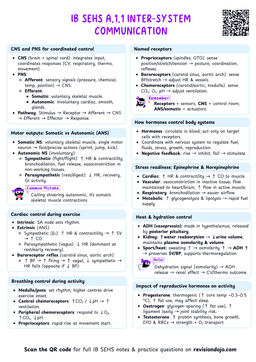The Psychological Refractory Period: A Key to Understanding Deception in Sports
What is the Psychological Refractory Period?
Psychological Refractory Period
Time from stimulus introduction to action completion. Components of Response Time include Reaction Time: Time from stimulus onset to the beginning of movement and Movement Time: Time taken to complete the motor action.
- The PRP is the time delay in responding to a second stimulus because your brain is still processing the first one.
- It's like a bottleneck in information processing:
- Stimulus 1 (S1): The feint to the right.
- Stimulus 2 (S2): The actual move to the left.
- Response: Your reaction to S2 is delayed because your brain is still focused on S1.

The PRP occurs because the brain processes stimuli in a sequential manner, not simultaneously.
Why Does the PRP Occur?
- The PRP is rooted in the single-channel hypothesis, which suggests the brain can only process one decision at a time.
- When a second stimulus arrives before the first is fully processed, the second is delayed.
When observing a sport, pay attention to moments of deception. Notice how the defender's delayed reaction often results from the PRP.
Phases of Learning
Fitts and Posner's Three Stages of Learning (1967)
- Cognitive Phase
- Learner makes sense of instructions.
- Uses verbal labels or cues for memory (e.g., "pull, brake, switch, slide" in rock climbing).
- Mistakes are frequent, attention is divided between relevant and irrelevant stimuli.
- Movements are uncoordinated and crude.
- Associative Phase
- Learner refines movements with practice.
- Coordination and consistency improve.
- Errors decrease but still require conscious effort to correct.
- Autonomous Phase
- Skill is performed consistently with little conscious thought.
- Movements are automatic, efficient, and adaptable.
- Identify the phase of learning associated with the following descriptions:
- Which phase is characterized by economic/efficient movement?
- b) Which phase is associated with inconsistent movement?
- c) Which phase is known as the practice stage?
Learning Curves
Learning Curve
- A learning curve refers to a graphical representation illustrating how a person's skill or performance improves over time through practice or experience.
- It shows the rate and pattern of progress as someone learns a new skill, highlighting periods of rapid improvement, slower progression, or plateaus.
- Linear curve: Rarely occurs, steady and continuous improvement in performance when learning an easy skill.
- Positively accelerated curve: Initially slow learning followed by faster improvements as skill is practiced.
- Negatively accelerated curve: Rapid initial progress that gradually slows down with further practice.
- Plateau effect: Quick initial learning followed by a period of little to no visible progress. Continued practice can eventually lead to another breakthrough in performance, highlighting that learning continues even without visible performance changes.
- To what extent do coaches design training programmes that match athletes' learning stages?
- Consider:
- Whether coaching styles, including feedback methods, are tailored appropriately to each learning stage.
- The influence of an individual's fitness level on their movement efficiency.
- The suitability of a uniform coaching method across all learning stages.
- How coaching responsibilities and tasks change depending on an athlete’s learning stage.
- Whether coaches consider factors beyond skill development, including psychological attributes (e.g., confidence, perseverance, teamwork, enjoyment) and personal goals, when planning training programmes.
Motor Programmes
Motor Programme
- Motor programmes are sets of muscle commands allowing movements to be executed automatically, without relying on feedback.
- Executive motor programmes involve combining multiple simpler programmes into complex sequences (e.g., gymnastics routines like roundoff followed by back handspring or triple jump, hop, step, jump).
- With practice, these separate movements become integrated into one fluent, complex executive motor programme.
- Examples: tennis strokes, catching a ball, gymnastics movements (e.g., somersault).
How to Use the PRP in Training and Performance
1. For Athletes: Mastering Deception
- Practice Feints and Fakes: Incorporate deceptive moves into your training to exploit the PRP.
- Timing is Key: Ensure the second action follows the first quickly enough to create a delay in your opponent's response.
In rugby, practice sidesteps followed by a burst of speed to capitalize on the defender's delayed reaction.
2. For Coaches: Training Against Deception
- Improve Reaction Time: Use drills that simulate deceptive scenarios to help athletes recognize and respond to multiple stimuli.
- Focus on Anticipation: Teach athletes to read opponents' body language and cues to predict the second action.
In basketball, defenders can practice reacting to crossover dribbles by focusing on the opponent's hips rather than the ball.


